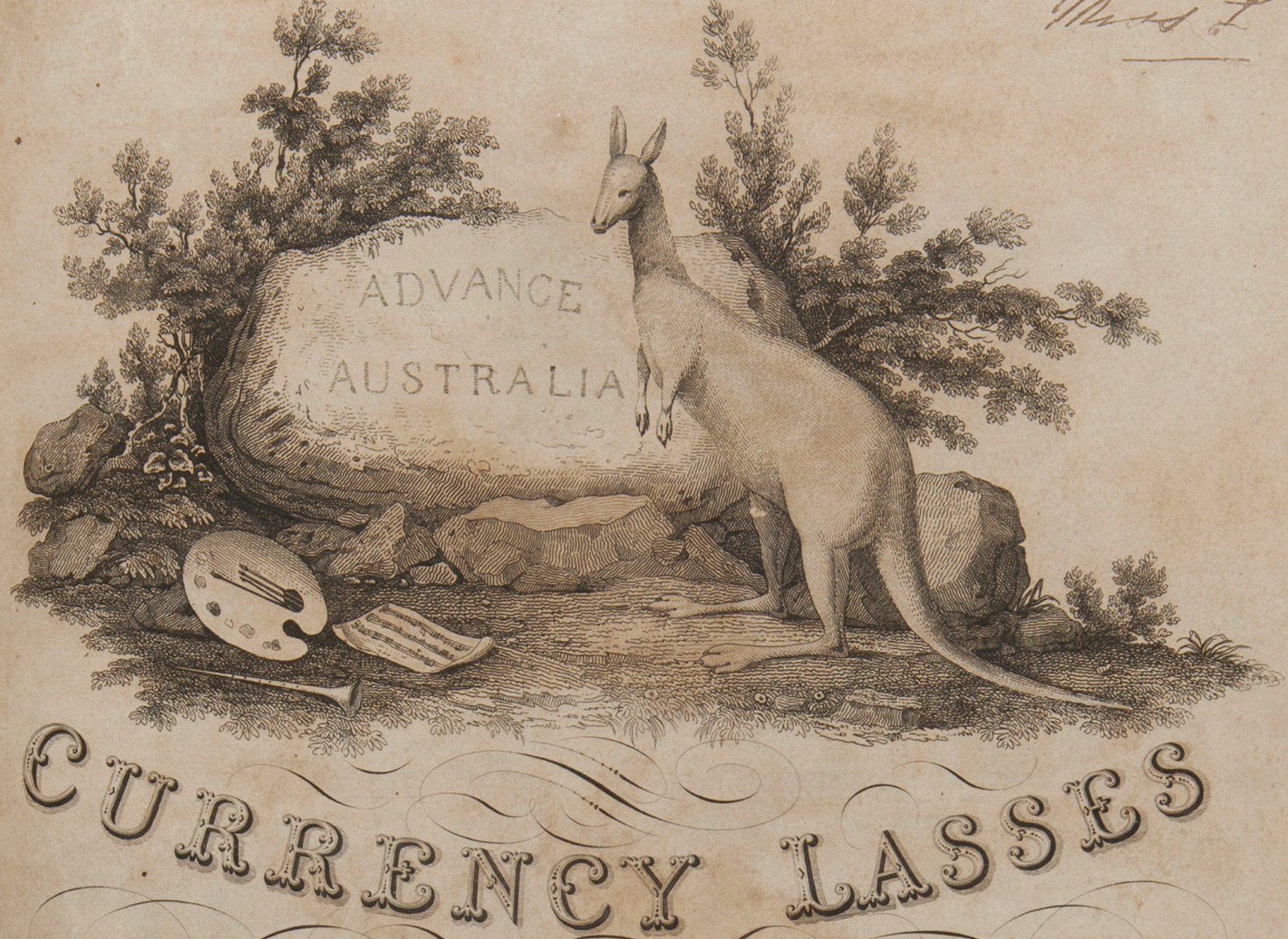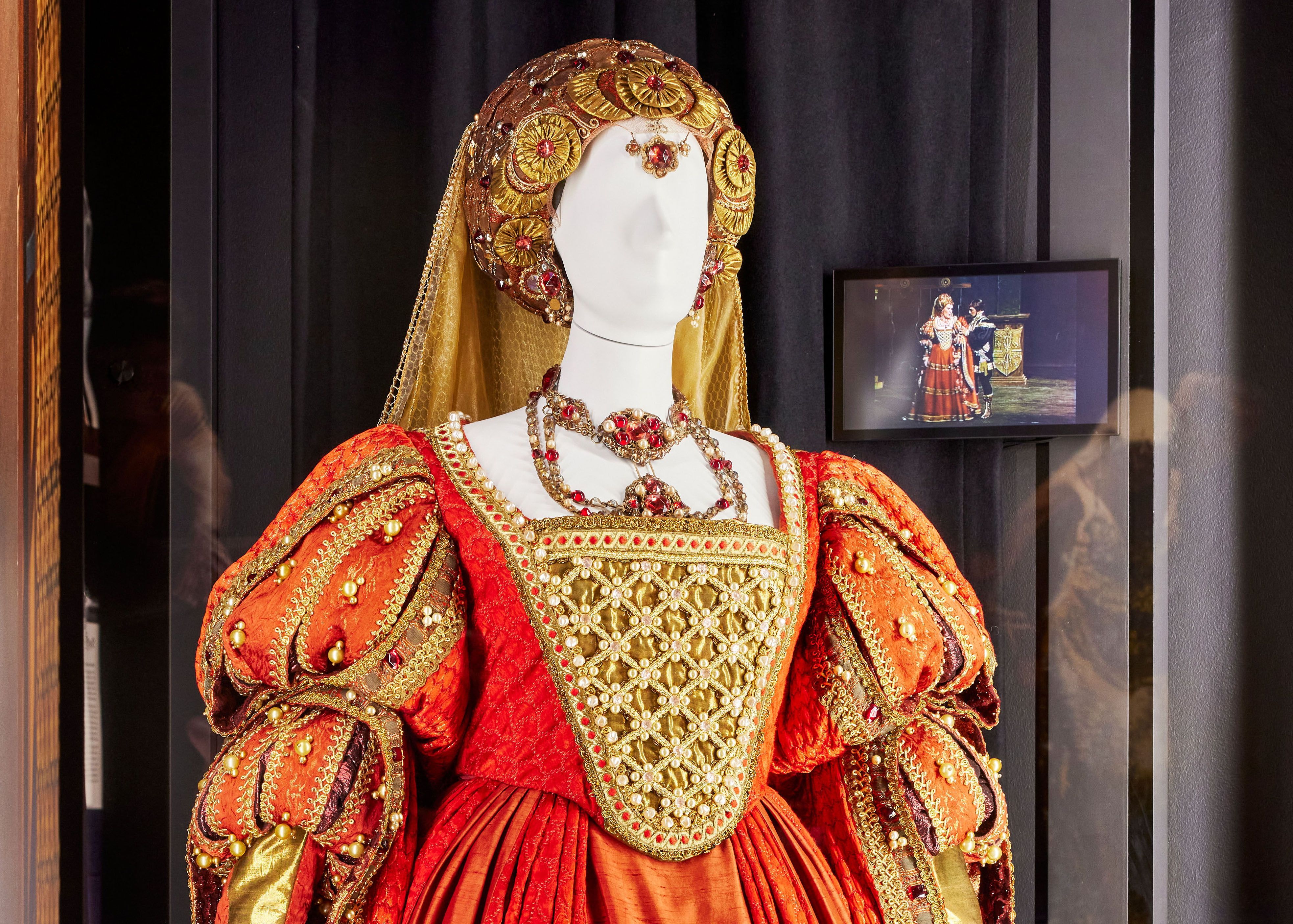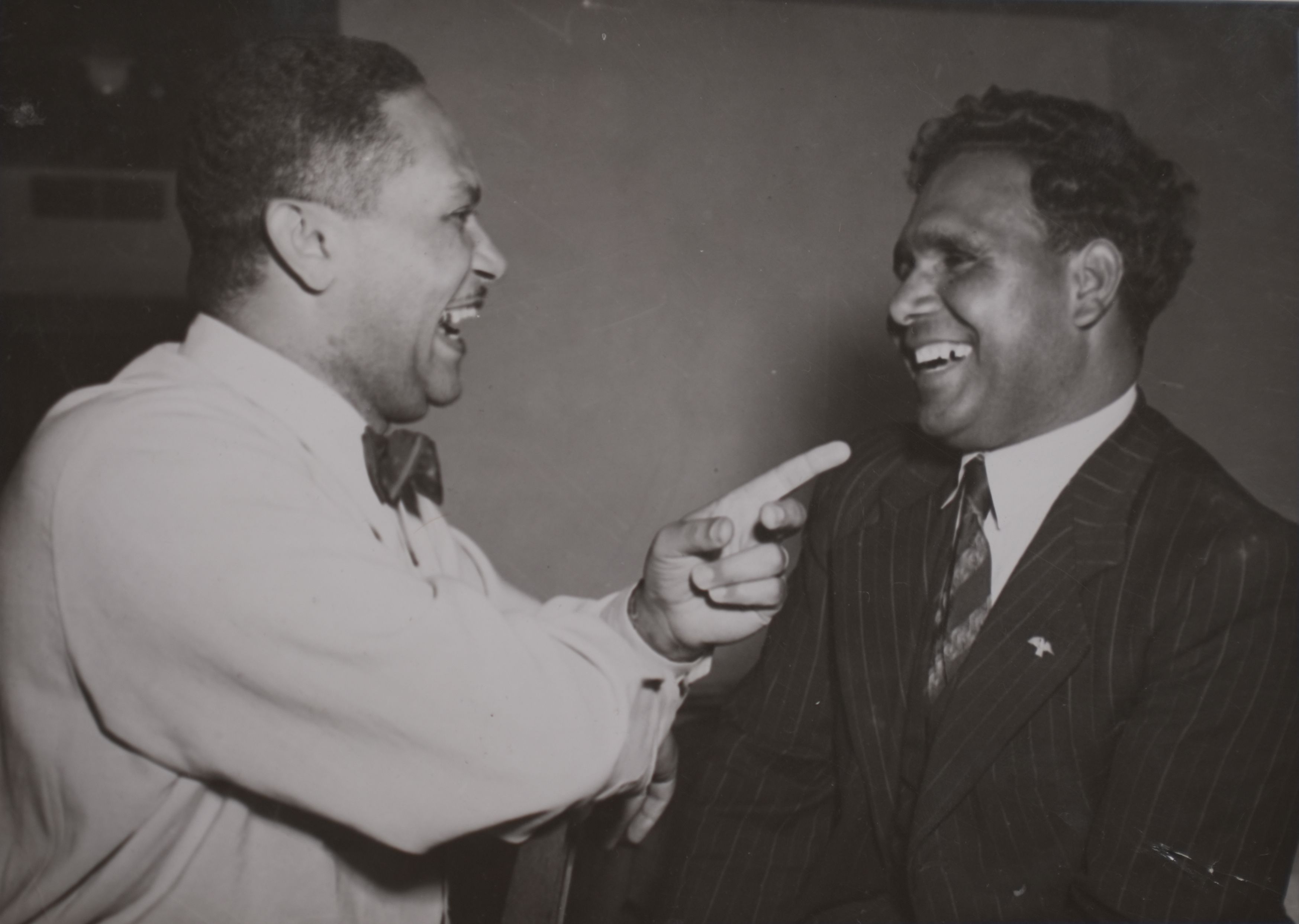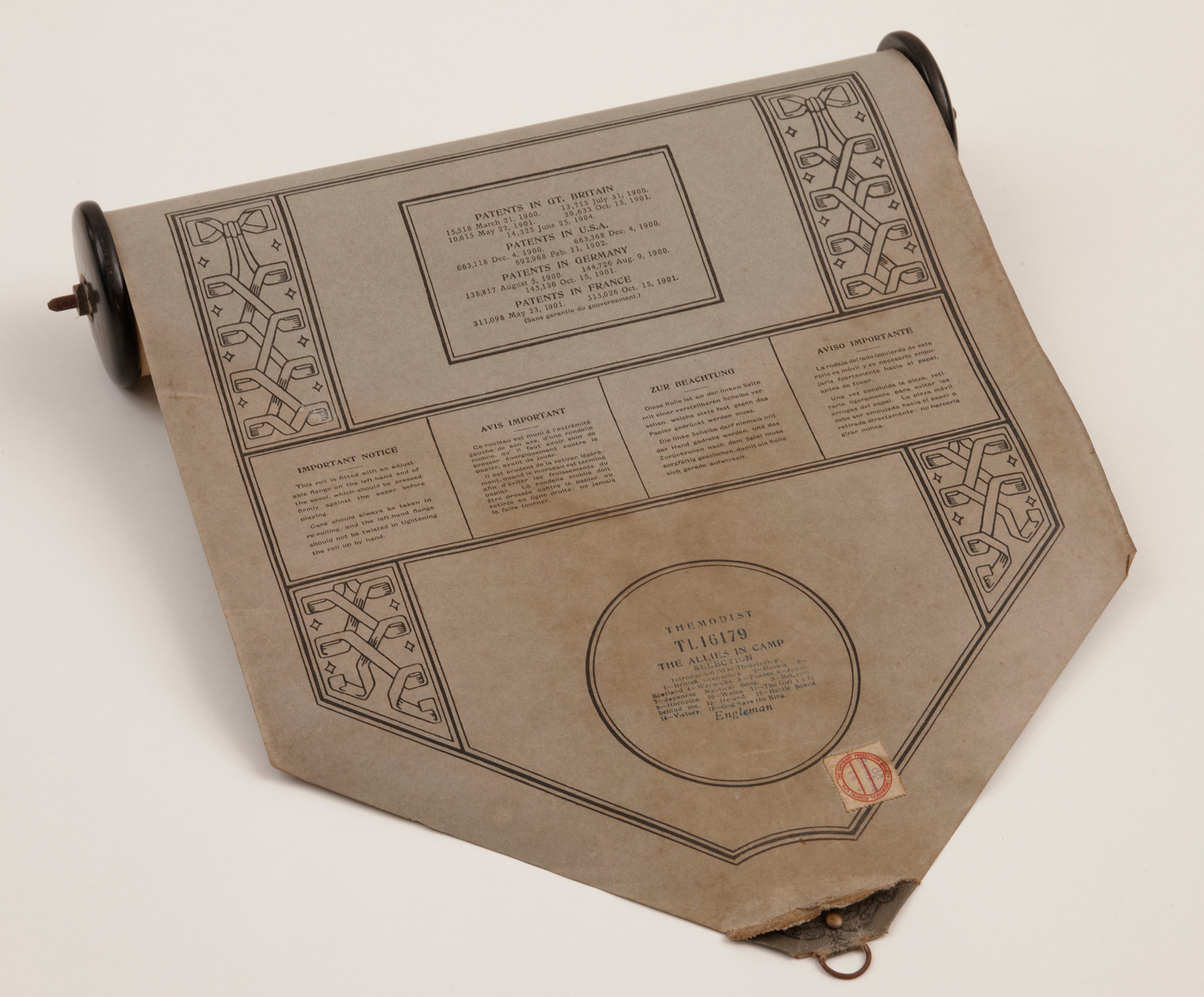The legacy of Stewart Symonds
We acknowledge and farewell a dedicated Museums of History NSW (Sydney Living Museums) supporter, whose collection of sheet music has done so much to illuminate the history of domestic music making in colonial Australia.
On 21 September 2020, Dr Stewart Symonds (1937–2020) was farewelled by his husband, Cliff, family and friends in Sydney. Stewart had a close relationship with MHNSW through his donation to the Caroline Simpson Library & Research Collection of an important collection of sheet music provenanced to 19th-century NSW families.
Donated through the Commonwealth Cultural Gifts Program in 2016, the collection comprises more than 1500 pieces of print and manuscript music bound into 46 volumes, and is mostly for solo piano, or piano and voice. The collection includes Australia’s earliest surviving settler composition, ‘Currency lasses, an admir’d Australian quadrille’ by Tempest Margaret Paul, published in London around 1830, as well as rare Australian sheet music prints and examples of English, Scottish and Irish works retailed through early Sydney music sellers.
A passion for collecting
Stewart began collecting historical pianos in the late 1960s, along with examples of sheet music that would have been played on these instruments. In 2016, he gave his collection of 140 rare pianos to the Western Australian Academy of Performing Arts; he was also keen to find a home for his sheet music. Our house museums contain a historically significant collection of sheet music, and when we examined Stewart’s collection in 2015, with the assistance of consultant music historian Dr Graeme Skinner, we immediately recognised the importance of this collection and the opportunity it offered to contextualise the domestic music story of our properties.
Stewart couldn’t have imagined that two years after his donation he would be attending the Bel Canto in the Bush concert, organised by the SLM Foundation, with special guest and international opera conductor Maestro Richard Bonynge AC CBE. At this concert, examples from Stewart’s collection were performed by soprano Jane Ede with Thomas Johnson on historical square piano. Maestro Bonynge commented on the strength of the music selection, and the event gave us an opportunity to thank Stewart publicly for his gift.
Reaching new audiences
The significance of this collection and its impact on our understanding of the history of music in NSW cannot be overestimated. Most importantly, we’ve been able to reach contemporary audiences through concerts and recordings and online, connecting them with our music history. Since 2016, the collection has featured in an international music symposium, eight public concerts, 12 videos, two CDs, and the award-winning (past) Songs of Home exhibition at the Museum of Sydney. Over 200 pieces from Stewart’s collection are now digitised and freely available online, with more to come, and researchers from both Australia and the UK have taken advantage of this access while working with the collection.
We have been privileged to be able to convert the Stewart Symonds Sheet Music Collection into beautiful sound and to share it with the broader community. It was also a pleasure to share many discoveries with the man who spent decades following his passion and collecting this material for future generations.
View the digitised Symonds scores.
Sheet music

The Stewart Symonds sheet music collection
A recently acquired collection of printed sheet music provides valuable insights into Sydney’s music trade and concert scene in the 19th century and offers opportunities for musical interpretation of MHNSW places
Published on
Related
Browse all
Dressing Joan Sutherland
One of the most spectacular costumes on display in the exhibition The People’s House: Sydney Opera House at 50 is an extraordinary Renaissance dress designed by Kristian Fredrikson and worn by Dame Joan Sutherland in the part of the notorious Lucrezia Borgia

Paving the way ... Harold Blair: The first Aboriginal opera singer
A short documentary that offers a glimpse into the life of Harold Blair, a world-renowned tenor, family man and political campaigner who sought social justice and human rights for Australia’s First Nations people

Harold Blair, trailblazer
Wulli Wulli tenor Harold Blair AM was Australia’s first professionally trained Aboriginal opera singer

WW1
The Allies in camp music roll
Rouse Hill house boasts a fine pianola, a player piano, which came into the house just a few years before the outbreak of World War I
